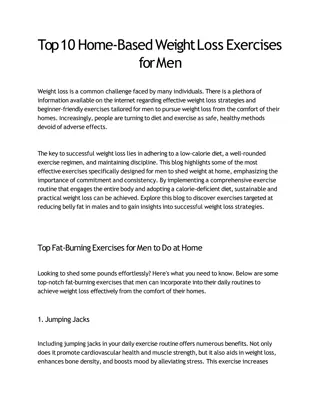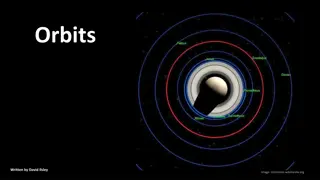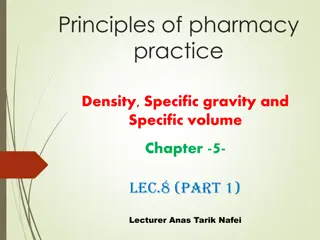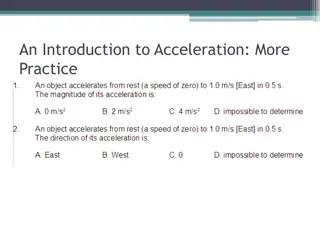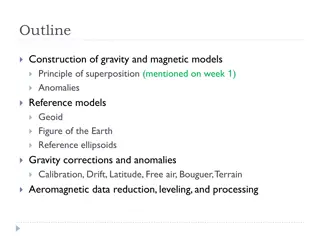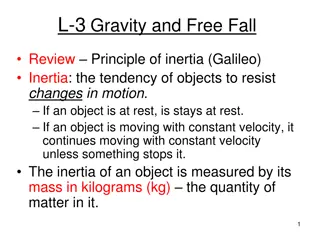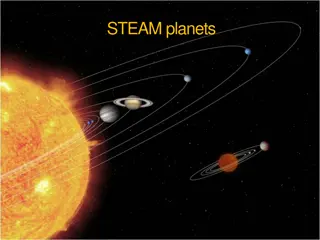Gravity: Why Things Fall and Weight on Earth Explained
Delve into the concept of gravity and its role in keeping objects on the ground, causing things to fall, and determining weight. Explore how mass, distance, and Newton's law of universal gravitation shape our understanding of this fundamental force.
Download Presentation

Please find below an Image/Link to download the presentation.
The content on the website is provided AS IS for your information and personal use only. It may not be sold, licensed, or shared on other websites without obtaining consent from the author.If you encounter any issues during the download, it is possible that the publisher has removed the file from their server.
You are allowed to download the files provided on this website for personal or commercial use, subject to the condition that they are used lawfully. All files are the property of their respective owners.
The content on the website is provided AS IS for your information and personal use only. It may not be sold, licensed, or shared on other websites without obtaining consent from the author.
E N D
Presentation Transcript
Course Name Gravity
Why do you land on the ground when you jump up instead of floating off into space? Why do things fall down when you throw them or drop them? The answer is gravity: an invisible force that pulls objects with mass toward each other. Earth's gravity is what keeps you on the ground and what makes things fall. 2
What is gravity? Gravity is the force by which a body (object with mass) attracts another body, or everything pulls everything else! The force of gravity keeps all of the planets in orbit around the sun. 3
Anything that has mass also has gravity. Objects with more mass have more gravity. Gravity gets weaker with distance, so the closer objects are to each other, the stronger their gravitational pull is. Earth's gravity comes from all its mass: all its mass makes a combined gravitational pull on all the mass in your body. That's what gives you weight! If you were on a planet with less mass than Earth, you would weigh less than you weigh on Earth! 4
The mass of an object is a measure of the object's inertial property, or the amount of matter it contains The usual symbol for mass is m and its SI unit is the kilogram The weight of an object is the force of gravity on the object and may be defined as: w = mg the mass times the acceleration of gravity Since the weight is a force, its SI unit is the newton. 5
If an object has a mass of 1kg on Earth, it would have the same mass of 1kg on the moon, even though its weight would be 6 times less. W=F=mg W=weight F=Force m= Mass g=Acceleration of gravity W=mg Applies at all times, even when the object is not accelerating. The associated SI unit of force and weight is the Newton. 1 kilogram weighs 9.8 Newtons under standard conditions on the Earth's surface. 6
Newton's law of universal gravitation States that a body attracts every other body in the universe according to a universal force This force is directly proportional to the product of their masses and inversely proportional to the square of the distance between their centres G is the constant of proportionality 7
References https://spaceplace.nasa.gov/what-is-gravity/en/ http://www.thunderboltkids.co.za/Grade4/04-earth-and- beyond/chapter3.html http://hyperphysics.phy-astr.gsu.edu/hbase/mass.html 8



